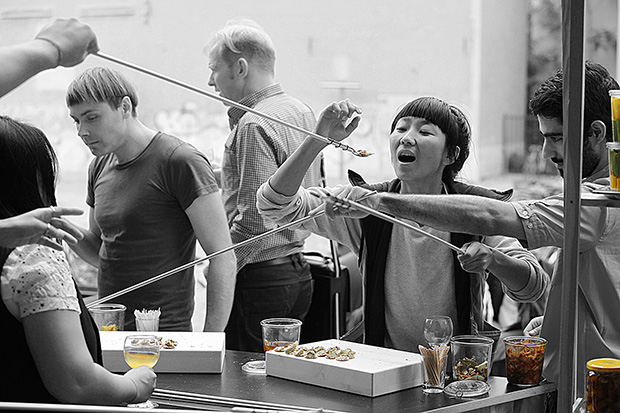
A Movement in a Moment: Social Practice
JR, Ai Weiwei and Olafur Eliasson are at the vanguard of a new movement. But what exactly is it that they're doing?
Everyone likes dinner and a show, yet 26 years ago, one Thai-American artist managed to combine the two in a remarkable new way. Rirkrit Tiravanija’s debut solo exhibition, Pad Thai, at the Paula Allen Gallery, New York, consisted of little more than its title suggested.
“For Pad Thai (later renamed untitled/Free/Still) Tiravanija moved all the contents of an art gallery store and office into the exhibition space and staged his work in the back rooms; the art consisted of cooking Thai cuisine for his audience,” explains the accompanying text in our book Art In Time.
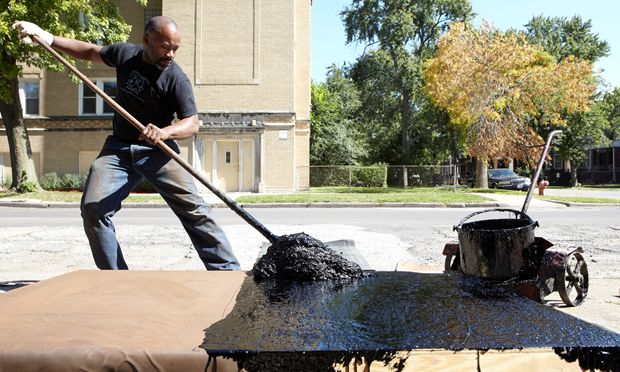
Tiravanija‘s free meal was not artful; the simple noodle dish could have been found on the menu of almost any Thai restaurant in New York City. The setting was not especially salubrious. However, the suggestion that contemporary art might turn its focus away from objects, and towards people, was novel. Gallery goers enjoyed the food, socialized, and, reflected on how this simple social interaction could constitute a new type of artistic endevour.
Tiravanija, although a pioneer, was not alone in his artistic approach. In February 1996 the French curator Nicolas Bourriaud coined the term Relational Aesthetics in a catalogue to accompany his exhibition Traffic, at CAPC musée d’art contemporain de Bordeaux in Southern France. The show, which included a simple wine bar overseen by Tiravanija, also displayed works by Vanessa Beecroft, Carsten Holler, Maurizio Cattelan, Pierre Huyghe, Douglas Gordon and Gillian Wearing. The art on show was varied, from performances to computer animation to interior design installations.
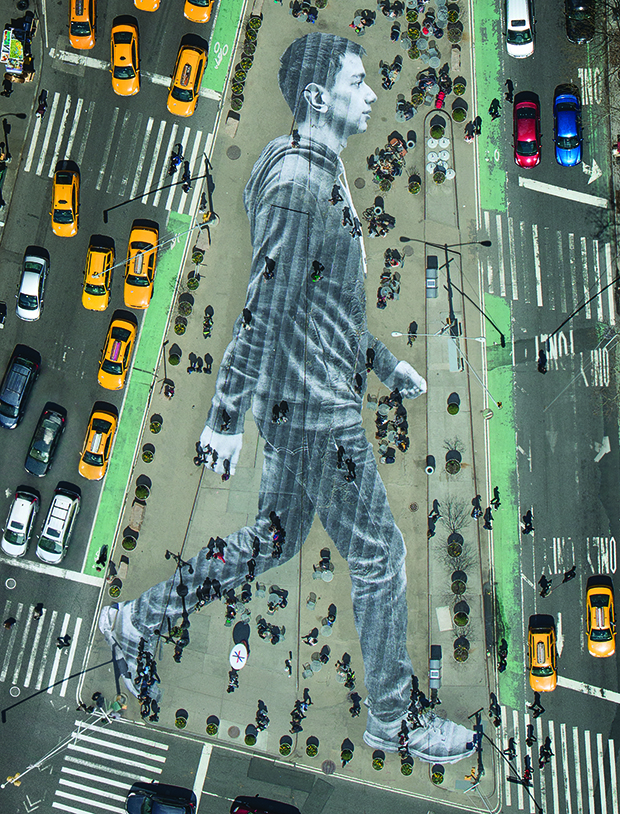
However, all pieces were in some sense, exemplified Relational Aesthetics, a term with Bourriaud defined as “a set of artistic practices which take as their theoretical and practical point of departure the whole of human relations and their social context, rather than an independent and private space.”
Bourriaud’s term certainly captured a trend, not least thanks to the success of the artists he chose. Carsten Holler, for example, although known for his hugely popular adult-orientated playground slides, regards people’s experience as his ‘raw material’.
Pierre Huyghe, in a similar spirit, has generated an enormous amount of attention for his works, such as Streamside Day, a 2003 work wherein the artist created a parade and series of traditions for a newly built conurbation in New York State, “creating a ritual that the people in the town would actually celebrate.”
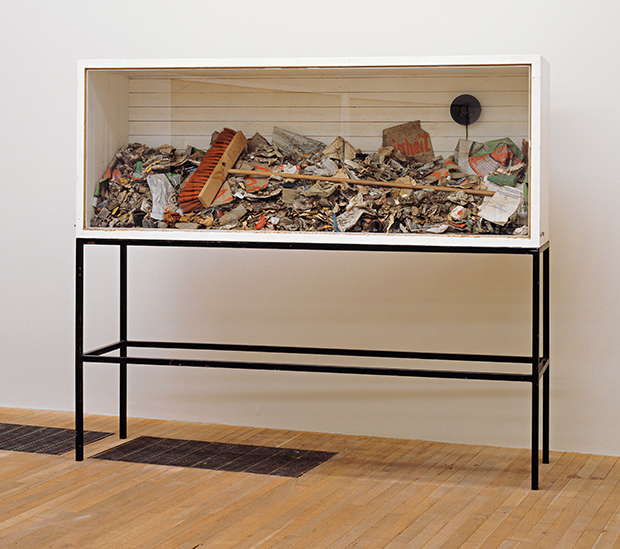
These works weren’t without precedent. Joseph Beuys’ Social Sculptures, a term the 20th century German artist coined for works intended to shape society, prefigured Tiravanija, Holler and co. There was also the Conceptual Art of Allen Ruppersberg, who created his own hotel and café in the name of art; and Gordon Matta-Clark’s artist-run restaurant, FOOD.
What was novel was the way in which these artists took these minor social experiments, and squashed them back into a fine-art setting. Indeed, some felt that Relational Aesthetics limited their work by staying within the gallery system. Detractors quipped that this sort of art amounted to little more than“making a blog about an ethically motivated garage sale.”
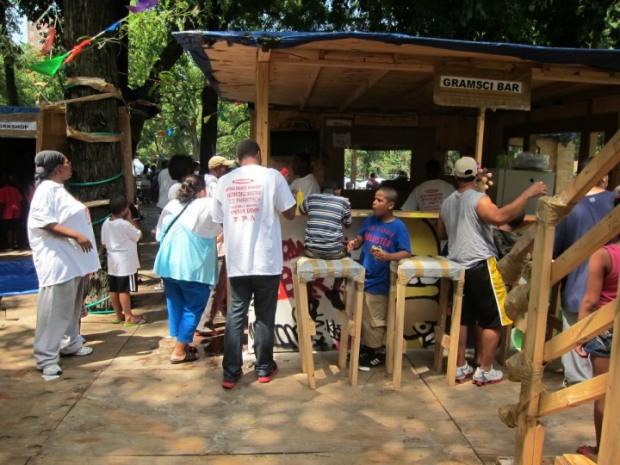
Others, meanwhile, such as the art professor Clare Bishop, picked out deeper flaws. “While interrogating the kinds of relationships this art produces,” explains Art In Time, “Bishop argued that such artists do not so much democratize art as simply reinforce their pre-existing, closed art world, and thus ignore its implicit class politics.”
While Tiravanija’s Pad Thai might feel socially disruptive, the work was experienced and appreciated by pretty much the same groups of people who had always mingled at art galleries, and as such, wasn’t especially ground breaking.
However, Bishop and co did praise the work of more socially transgressive artists, such as Thomas Hirschhorn, whose 2013 Gramsci Monument in the Bronx, attempted to introduce lower-income New Yorkers to radical left-wing politics via an outdoor pavilion, theatre and bar, all built by local residents.
Theaster Gates’ work displays a similar level of social engagement. This artist-cum-ethical property developer paid for the foundation of his Stony Island Arts Bank social facility in a down-at-heel Chicago neighbourhood partly through the sale of limited edition works at Art Basel.
Ai Weiwei’s protest art is comparable also, drawing attention to the students who died during the 2008 Sichuan earthquake, or the Syrian refugees arriving on Europe’s south-eastern shores
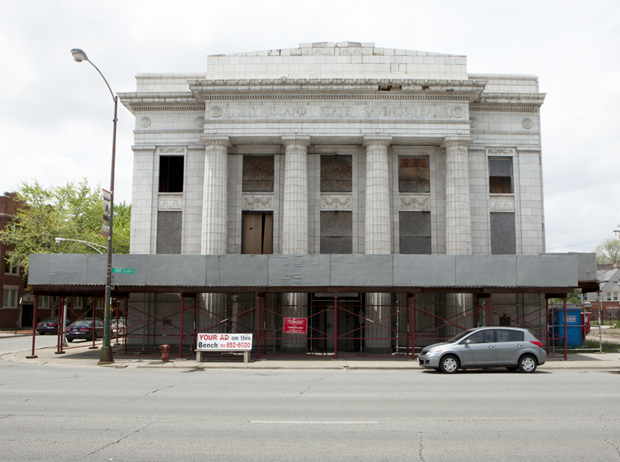
Olafur Eliasson, meanwhile, has created projects such as his Green Light and Little Sun, partly to improve the lives of sub-Saharan Africans and recent EU immigrants. Eliasson also stages communal meals, yet these aren’t simple gallery stunts, but a regular means of nourishing the staff and visitors to his Berlin studio, both physically and spiritually.
While the terms used to describe and distinguish these works of art haven’t entirely hardened, it feels apt to describe these more socially engaged works with a more recent coinage.
Social Practice was a term first applied by the 20th century US psychologist and researcher Sylvia to describe a link between psychological research and treatment and a patient or group’s greater social background.
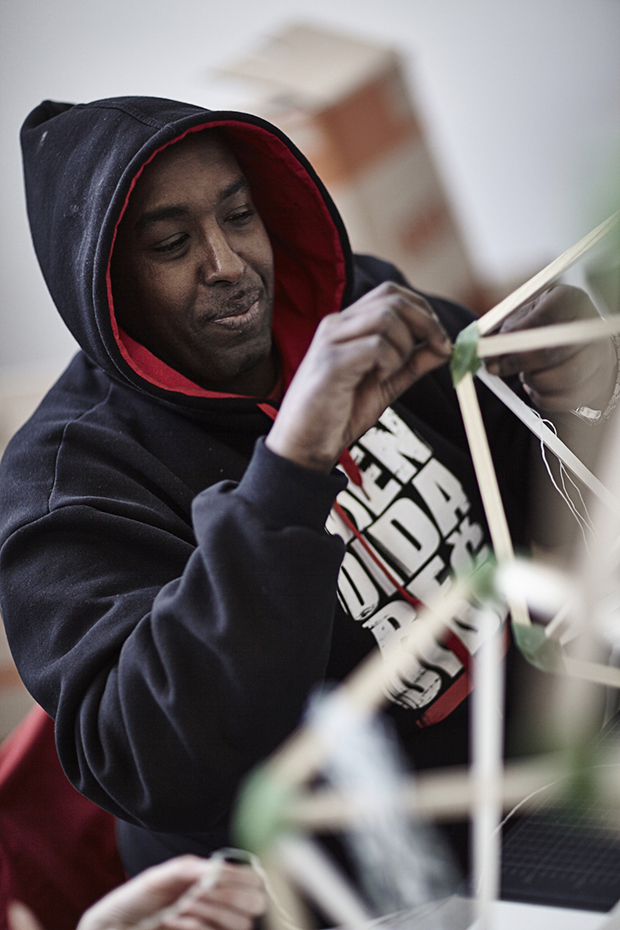
More recently, Social Practice has been used In the art world to describe Gates and Eliasson’s projects, as well as the work of the Turner Prize winning architecture practice Assemble and the French photographer, artist and social entrepreneur, JR.
Like the earlier Relational Aesthetics artists, these works take human relations and their social context as the starting point. Yet, unlike a slightly earlier generation, these artists don’t repurpose the work for the gallery system, but instead let it run wild, in immigrant communities, poor neighbourhoods, and ghettoes and favelas around the world.
Social Practice artists aren’t wholly praised. Some, for example, question whether an ethical architecture practice such as Assemble should even qualify for the Turner shortlist. Then again, plenty wondered whether Tiravanija's free Thai meal, first served over two decades ago, was really art.
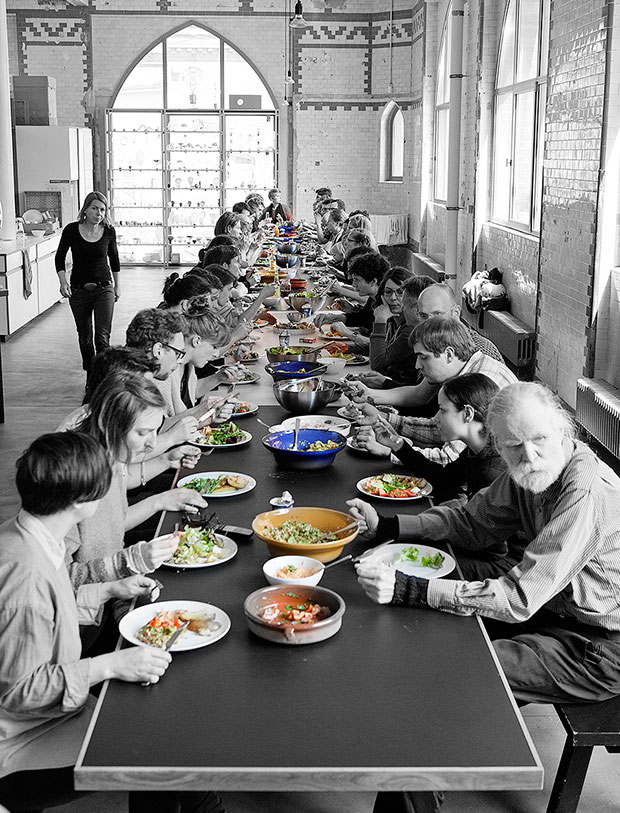
For greater insight into these artists, consider our Theaster Gates, Ai Weiwei and Olafur Eliasson Contemporary Artist series of books; our JR book; and The 21st Century Art Book. For more on the greater sweep of art history get Art In Time; and if you feel like staging your own bit of Social Practice, order a copy of Studio Olafur Eliasson: The Kitchen, a cookbook with over 100 vegetarian recipes for the home cook from the studio kitchen of world-renowned artist.